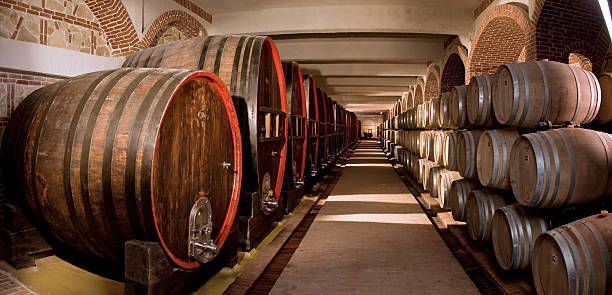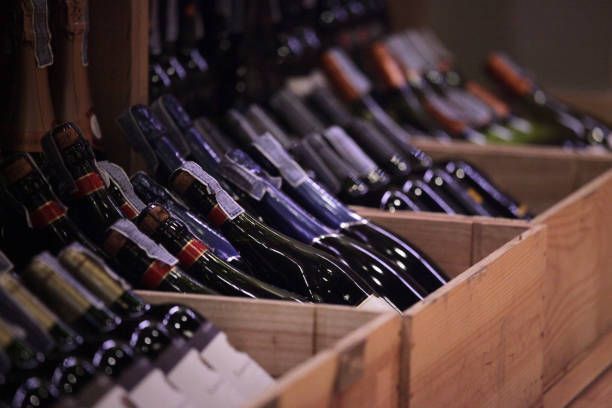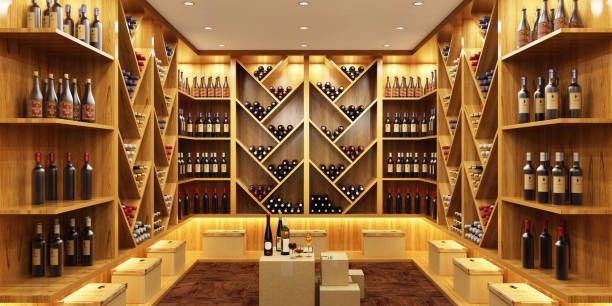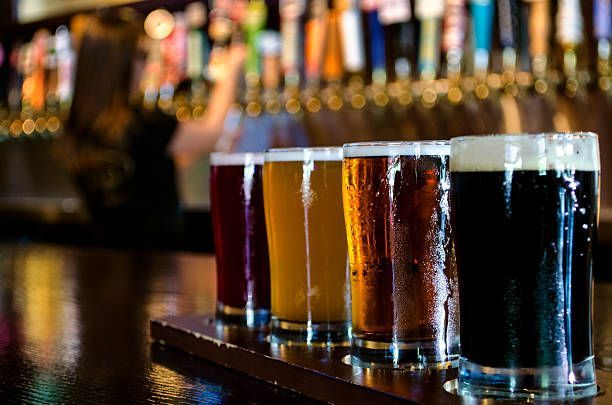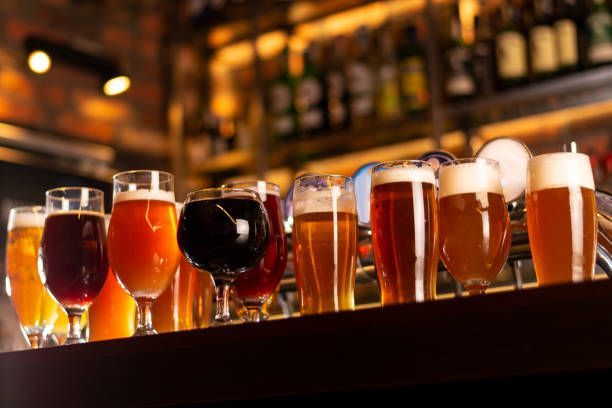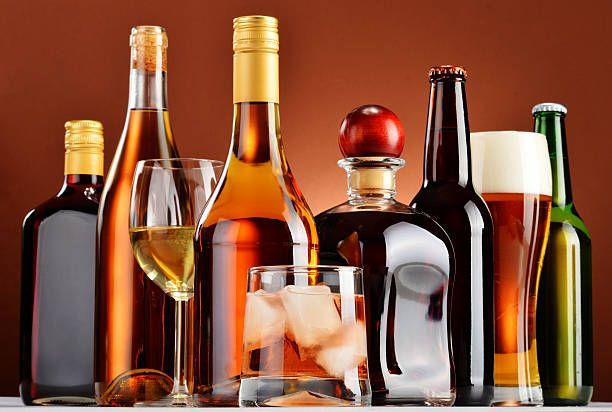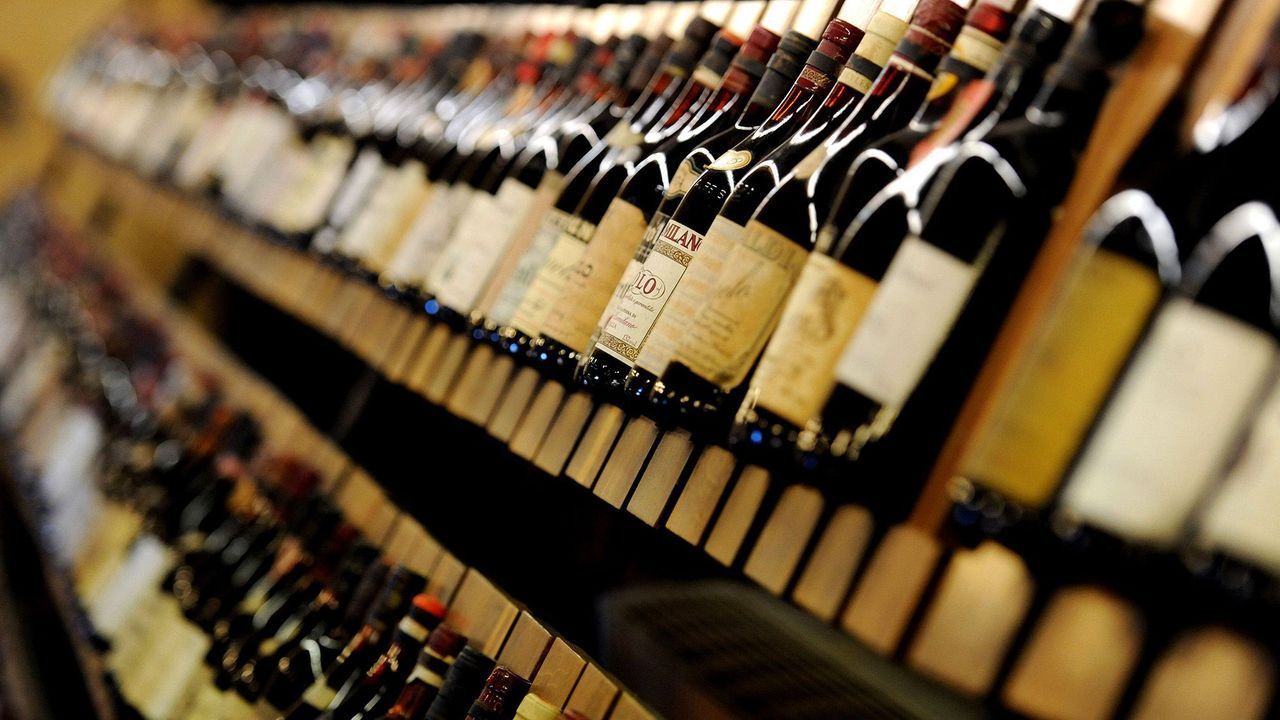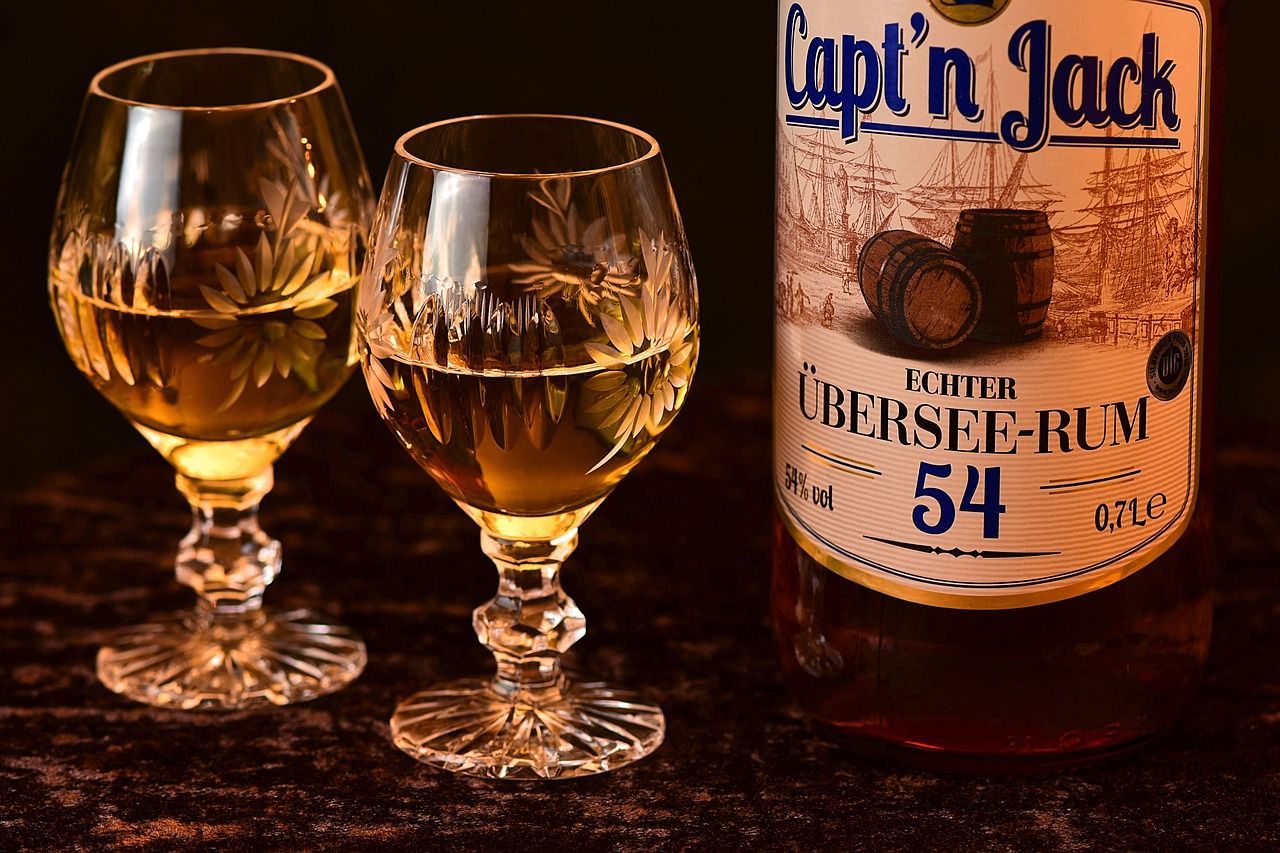Regional Wine Comparisons
Wine is a fascinating beverage, enjoyed by people all over the world for its complexity and depth of flavor. One of the most interesting aspects of wine is the way that different regions produce wines with unique characteristics. This is known as regional wine comparison.
Regional wine comparison involves comparing wines from different regions to understand the differences in taste, aroma, and other qualities. Understanding these differences is important for anyone who appreciates wine, whether you are a casual drinker or a serious connoisseur. By understanding regional wine differences, you can choose wines that suit your personal preferences, as well as learn about the history and culture of different regions.
In this blog post, we will explore the key factors that contribute to regional wine differences, including climate, soil composition, grape varieties, and production methods. We will also conduct a blind tasting comparison of wines from different regions to demonstrate the unique qualities of each.
By the end of this post, you will have a better understanding of the factors that make each region’s wines unique, and be able to appreciate the subtle differences between them. So, whether you’re a wine lover or simply curious about the world of wine, join us on this journey of discovery into the fascinating world of regional wine comparisons.
The Role of Climate in Regional Wine Differences
Wine is a product of nature, and the climate of a region plays a crucial role in shaping the flavor and characteristics of the wine produced there. The amount of sunlight, temperature, and rainfall all influence the way the grapes grow and develop, which in turn affects the final flavor profile of the wine.

Grape Varieties and their Regional Differences
Grape varieties are a critical factor in determining the flavor and character of a wine. Different grape varieties are suited to different growing conditions, and the unique climate, soil, and other environmental factors of a region can have a significant impact on the final flavor profile of the wine.
How grape varieties differ between regions
Grape varieties can differ widely between regions due to the unique growing conditions found in each location. Some grape varieties may be well-suited to a particular region's climate or soil type, while others may not thrive in the same environment. As a result, different regions may produce wines that are made from distinct grape varieties, resulting in significant differences in flavor and aroma.
Examples of well-known grape varieties and the regions they grow in
Some of the most well-known grape varieties in the world are associated with specific wine regions. For example, Cabernet Sauvignon is closely associated with the Bordeaux region in France, while Pinot Noir is closely associated with Burgundy. In Italy, the Sangiovese grape is commonly used to produce Chianti in Tuscany, while the Nebbiolo grape is used to make Barolo and Barbaresco in Piedmont.
In the United States, the Cabernet Sauvignon grape is widely grown in the Napa Valley region of California, while the Pinot Noir grape is grown extensively in the Willamette Valley region of Oregon. Additionally, the Zinfandel grape, which is often associated with California, is believed to have originated in Croatia.
Discussion of how grape varieties affect taste and quality of wine
The grape variety used to produce a wine has a significant impact on its taste and quality. Different grape varieties have distinct flavor profiles, which are influenced by factors such as acidity, tannin levels, and sugar content. Additionally, the way in which the grape is grown, harvested, and processed can also have an impact on the final flavor of the wine.
For example, Cabernet Sauvignon is known for its bold, full-bodied flavor and high tannin content, while Pinot Noir is known for its delicate fruit flavors and lower tannin levels. Sangiovese is known for its high acidity and earthy flavors, while Nebbiolo is known for its complex flavors of cherry, licorice, and truffle.
Understanding the characteristics of different grape varieties can help you select wines that match your personal taste preferences. It can also help you appreciate the unique flavors and aromas that are characteristic of different wine regions.
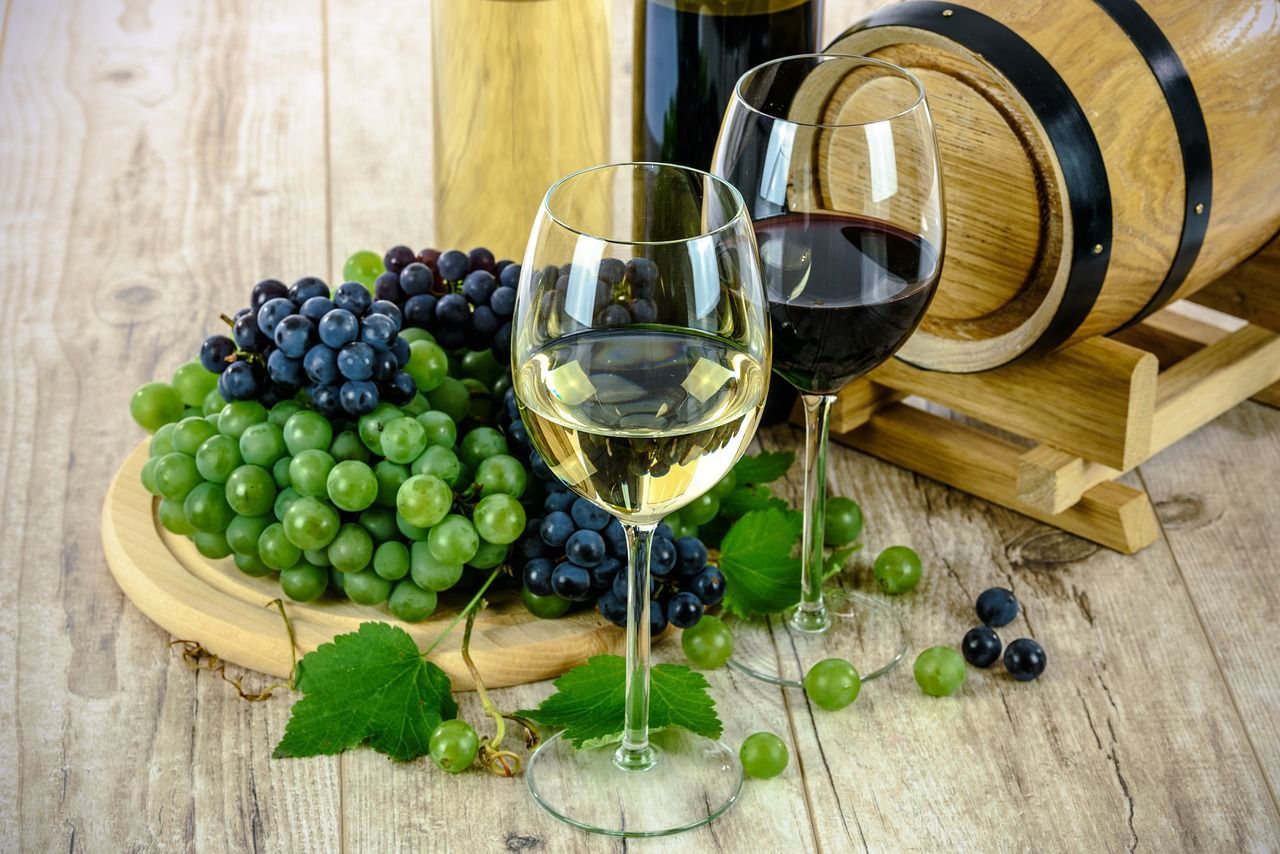
Wine Production Methods and their Impact on Regional Wine
Wine production methods vary widely depending on the region and the type of wine being produced. Different methods can impact the taste and quality of the wine, resulting in unique flavors and aromas that are characteristic of a particular region or winery. In this section, we will explore the different methods of wine production, the regions where they are commonly used, and how they impact the final product.
Different methods of wine production
There are many different methods of wine production, each of which can affect the taste and quality of the wine. Some of the most common methods include:
- Fermentation: Fermentation is the process by which grape juice is converted into wine through the action of yeast. There are many different techniques used to control the fermentation process, including temperature control, yeast selection, and the use of additives.
- Aging: Aging is the process by which wine is stored in barrels or tanks to allow the flavors and aromas to develop over time. The type of barrel used, the length of aging, and the conditions in which the wine is stored can all impact the final flavor of the wine.
- Blending: Blending involves the mixing of different grape varieties or wines to create a final product with a specific flavor profile. The proportions of each wine or grape variety used can have a significant impact on the final flavor of the wine.

Regions and their wine production methods
Different wine regions may use different production methods depending on the traditions and techniques that have been passed down over generations. For example, the Champagne region in France is known for its use of the traditional method of fermentation, which involves a secondary fermentation in the bottle to produce the carbonation that is characteristic of Champagne. In contrast, the Rioja region in Spain is known for its use of oak barrels during aging, which contributes to the distinct flavors of the region's Tempranillo-based wines.
How production methods affect taste and quality of wine
The production methods used in winemaking can have a significant impact on the taste and quality of the wine produced. For example, wines that are aged in oak barrels may have flavors of vanilla, toast, or spice that are characteristic of the type of oak used. Wines that are fermented using wild yeasts may have more complex and nuanced flavors than those fermented using commercial yeasts.
In addition to impacting the flavor of the wine, production methods can also impact its texture and overall quality. Wines that are aged for longer periods may be more complex and nuanced, but may also be more expensive due to the added time and resources required for aging.

Blind Tasting Comparisons of Regional Wines
One of the best ways to understand the differences between regional wines is to conduct a blind tasting comparison. Blind tastings involve sampling wines without knowing their origin or variety, allowing tasters to focus solely on the flavor and aroma of the wine. In this section, we will explore how blind tasting works, examples of different regional wines to compare, and the results of the blind tasting and how they demonstrate regional differences in wine.
Blind tasting and how it works
Blind tasting involves sampling wines without knowing any information about the wine, including its origin, grape variety, or vintage. This allows tasters to focus solely on the flavor and aroma of the wine, without any preconceived notions or biases. In a blind tasting, the wines are typically served in identical glasses, and tasters are given a scorecard or notes sheet to record their impressions of each wine.
Different regional wines to compare
Blind tasting comparisons can be conducted with wines from any region or variety, but some examples may include:
- Pinot Noir from Burgundy, California, and Oregon
- Cabernet Sauvignon from Bordeaux, Napa Valley, and Australia
- Riesling from Germany, Austria, and Australia
- Shiraz/Syrah from the Rhone Valley, Australia, and California

Results of the blind tasting and how they demonstrate regional differences in wine
Blind tasting comparisons can provide valuable insights into the differences between regional wines. For example, a blind tasting comparison of Pinot Noir from Burgundy, California, and Oregon may reveal that the Burgundian wines are more delicate and nuanced, with earthy and floral aromas and flavors of red fruit, while the Californian wines may be more fruit-forward, with bold cherry and raspberry flavors and a higher alcohol content.
Similarly, a blind tasting comparison of Cabernet Sauvignon from Bordeaux, Napa Valley, and Australia may reveal that the Bordeaux wines are more structured and complex, with flavors of black currant and graphite, while the Napa Valley wines may be more full-bodied and fruit-forward, with flavors of blackberry and chocolate.
The results of a blind tasting comparison can demonstrate the unique characteristics of each region's wines, as well as provide insights into the impact of environmental factors such as climate, soil, and production methods on the flavor and quality of the wine.
By focusing solely on the flavor and aroma of the wine, blind tastings can reveal insights into the unique characteristics of each region's wines, as well as the impact of environmental factors on the flavor and quality of the wine.
Throughout this blog post, we have explored the different factors that contribute to regional differences in wine, including climate, soil composition, grape varieties, and production methods. We have also discussed the impact of these factors on the taste and quality of wine, as well as the value of blind tasting comparisons in understanding these differences.
Exploring regional differences in wine can be a fascinating and rewarding journey. We recommend exploring different wines from around the world and experimenting with blind tastings.
For further reading, we recommend the book "The World Atlas of Wine" by Hugh Johnson and Jancis Robinson, which provides comprehensive information on the different wine regions of the world and their unique characteristics. Additionally, wine education courses and tastings can provide valuable insights into the world of wine and help you further develop your palate and knowledge.
